How Can You Adapt Your Exercise Plans to Your Travel?

Be it for business or for pleasure, travelling often shakes up your normal schedule. Meals, sleep, and fitness routines change to accommodate meetings or activities. Travel doesn’t need to set you back from your fitness goals, though. There are several strategies you can use while on the road to help you stay in shape without…
Can Omega-3 Fatty Acid Supplementation Improve Athletic Performance?
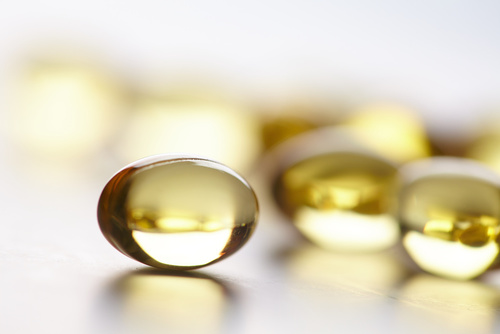
Omega-3 fatty acids are associated with various health benefits, affecting heart and brain health, learning, and cholesterol levels. Its anti-inflammatory properties have led researchers to explore how omega-3 supplementation could mediate the effects of exercise-induced muscle damage. What implications does omega-3 fatty acid supplementation have for athletes and their performance? Exercise-induced muscle damage (EIMD) often…
Being Smart about Concussions
Concussion continues to be a very hot topic in sport these days. In fact, the Governor General spent a full day in December 2016 hosting a conference with former professional athletes, Olympic and Paralympic athletes, the medical community, and the sport community at large, discussing concussions in sport and how we can do better for…
Need to Know Facts about Concussions
A concussion is a common head injury, also known as a Mild Traumatic Brain Injury (MTBI). It is an injury that is caused by the brain being shaken around inside the skull after a direct blow to the head, or a sudden jerking of the head or neck when the body is hit. There is…
A Strong Knowledge Base: The Difference Maker in Athletic Success
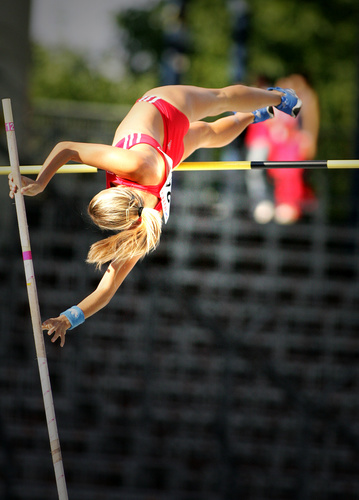
How do experts differ from novices? In sport, success in both low-strategy sports and high-strategy sports relies on having a solid knowledge base: knowledge may be what determines who is a true expert when athletes have similar skills and experience. As coaches and parents, the importance of knowledge bases give us a clue of how…
HIITing the Gym: The Science of High Intensity Interval Training

Key Points: For sedentary populations, HIIT is the most time efficient – not necessarily the best – training type to increase aerobic and anaerobic capacity Elite athletes can include HIIT training to improve their lactate response and improve performance even after hitting a VO2max plateau There remain many questions about how HIIT works, best practices,…
Static vs Dynamic Stretching
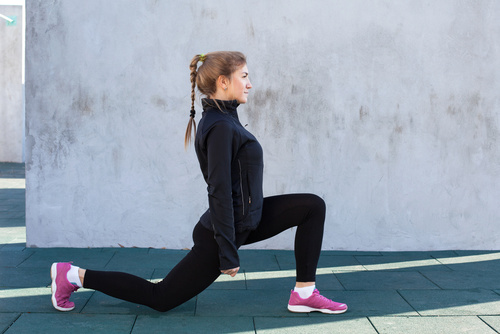
Warming up is essential for athletic performance, not only does it get the body ready to train or compete, it can improve performance and help prevent injury as well. And one of the essential parts of the warmup is stretching those muscles out. However, there has been a long time debate going on over the…
Time to do a gut check on probiotics and sport
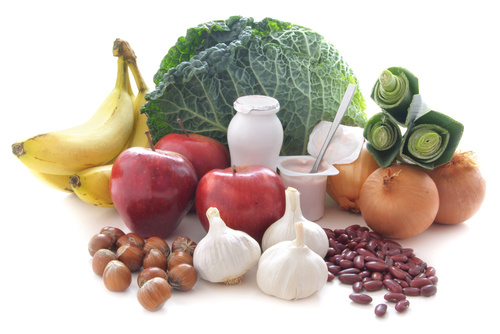
Participation in sport and physical activity has always been associated with health and wellness. And athletes are commonly looked upon as examples of good health and fitness. However, athletes that train and compete at high intensity levels are often at greater risk for succumbing to illness due to a vulnerable immune system. Making sure to…
Shouldering the burden of Injury
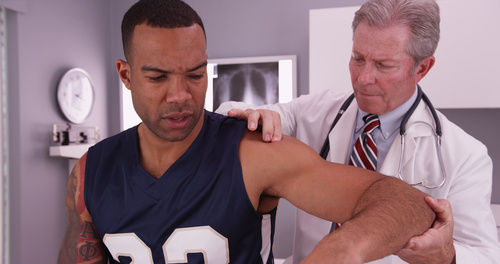
The shoulder is one of the most mobile joints in the human body. As such it is very vulnerable to injury especially in sport. Most injuries to the shoulder involve muscles, ligaments and tendons rather than bones. Since the shoulder connects the arm and hand to the rest of the body, injuries to the shoulder…
Variable resistance training: Adding a link to the chain!
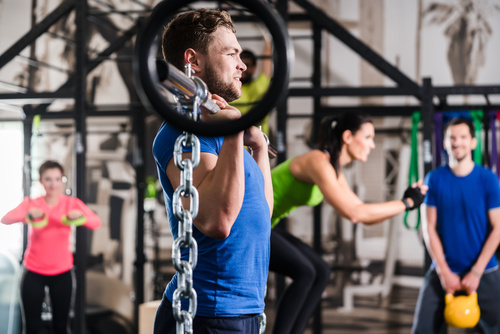
Strength training has been a staple part of any athlete’s training program for years and there are many variations that can be applied to standard strength training scenarios to capitalize on building strength. Where strength training can sometimes be seen as one dimensional, efforts to expand on this training to a multidimensional development of strength,…